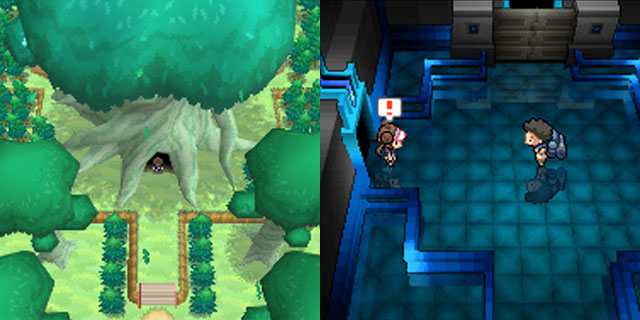
Pokémon Black and White were a breath of fresh air for a series that, while not exactly stagnant, was best known for incremental adjustments over dramatic changes. Restricting players to only the 150-ish brand new critters until they became Champion was like throwing even fifteen-year veteran trainers back to Red and Blue for the first time: everything was new, and nothing was certain. The comparison of Black and White to Red and Blue is fitting, as there are many parallels between the newest iterations, Black Version 2 and White Version 2, and the follow-ups to the originals, Gold and Silver.
For starters, until Black 2 and White 2 came along, only Gold and Silver had carried over the storyline from the previous iteration. Black 2 and White 2 are much more of a direct sequel, however, thanks to the Unova Link feature that lets you carry over some minor information from Black and White and integrates some story elements to the new narrative. Set just two years after the fall of Team Plasma at the hands of the original’s protagonist, Black 2 and White 2 follow a new young Pokémon trainer as he or she sets out on the usual journey, beginning with the same choice of three starters as other new Unova trainers.
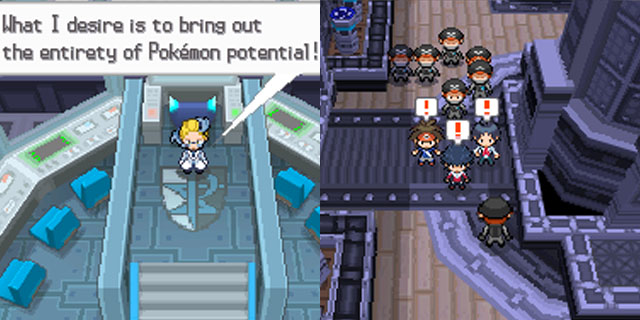
Along the way you’ll run afoul of the remnants of Team Plasma, but they’re not really the interesting villains that they were previously due to the schism within the group at the end of the previous games. All of the interesting members are basically on the sidelines, leaving only the cartoonish supervillains in the vein of previous Teams (specifically Ruby and Sapphire‘s Teams Magma and Aqua more than the classic Team Rocket). It’s a bit of a letdown, to be honest, but nobody is playing a Pokémon game for the narrative.
What you’re here for are the battles, and Black 2 and White 2 certainly don’t disappoint in that regard. In the two years since we last saw Unova, there has been an explosion in the Poké-population; the regional Pokédex (the ‘mons you will be restricted to seeing pre-Champion) boasts a staggering 300-plus entries, including all of the new Unova species plus an incredibly healthy mix of classics. Before you even challenge the first gym, it is possible to capture about ten distinct types of Pokémon as opposed to the usual never-ending stream of the same weaksauce Normal and Bug-types that have always plagued the lower routes.
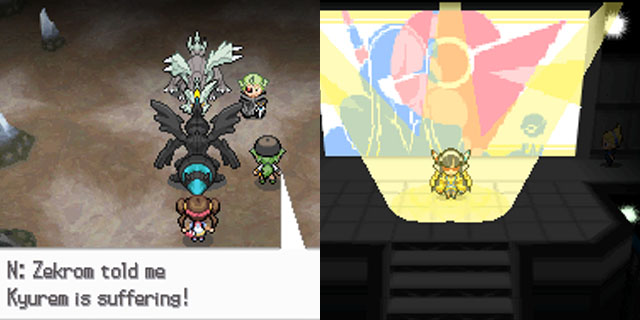
This variety carries through the entire game, and that doesn’t just apply to the Pokédex — which has also learned a new trick in Habitat mode, giving you an at-a-glance look at what you can and cannot catch in a given region, as long as you’ve seen what you’re looking for. The map itself has also changed a bit, with some areas (including your hometown and surrounding cities) being brand new, others (including the home town of the previous games’ protagonist) being closed off until you best the Champion, and a few more being tweaked a bit. This creates a nice mix of new and old, both in regions and gyms (all of which have been redesigned from last time), that mirrors the new mix of creatures lurking in the tall grass.
Everything that was introduced in Black 2 and White 2 is carried over to these sequels: awesomely-designed gyms, Musicals, the Xtransceiver, Battle Subway, C-Gear, Entralink, Dream World (up and running immediately since it’s been active for well over a year now), being able to mark items or functions with the Y button for quick access… you name it, it probably came back. A few of these have received some touch-ups, but for the most part they’re exactly as you remember them. But they’re not alone. Black 2 and White 2 also let you film your own blockbuster movies at Pokéstar Studios, challenge Black Tower or White Treehollow (in the returning Black City/White Forest, respectively) after you’ve bested the Champion, set up your own strip mall in Join Avenue with trainers you’ve interacted with online and/or locally and participate in the Pokémon World Tournament (PWT) against some of the very best trainers around (including gym leaders from other regions).
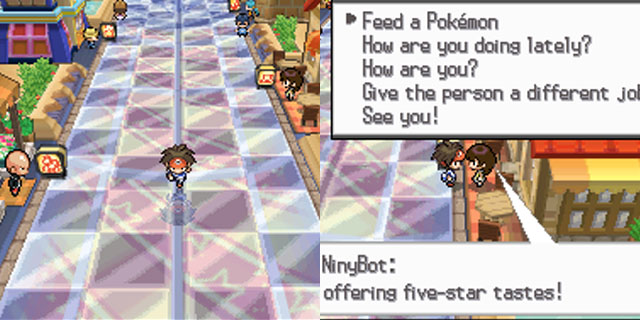
The final significant addition is Medals, but you would probably better recognize them as Achievements. That’s right, “gotta catch ’em all” takes on a new meaning on Unova’s second go-round, as you can now gain largely meaningless rewards for completing certain tasks. And you know you want to. The guy who grants you your Medals will also frequently bestow Hint Medals upon you, each of which provides a clue as to how to bring home another prize. Some are simple and automatic (spending cash in shops, taking certain numbers of steps), others will require some serious effort (beat the Elite Four using teams comprised of only one type of ‘mon), and you can even share your favorite medal on your Trainer Card for bragging rights.
There’s something else to share in these games, but it’s a little harder to explain. The Pokémon series has always emphasized cross-talk between versions of the game, but Black 2 and White 2 take that to a new level with Keys. By sharing Keys that you’ve unlocked in your own game with other versions, you can unlock those same rewards on their games. These can include Challenge Mode, Easy Mode, unlocking different areas on the map or even switching Black City/White Forest with its counterpart. You won’t get most of these until you’re firmly in the post-game, and indeed Challenge/Easy Mode is of questionable use unless someone you know is starting a new game, but it is an interesting feature nonetheless. Bear in mind that specific keys are tied to specific versions, so if you have a younger sibling that would benefit from Easy Mode, you will either want to play through White 2 first or obtain the key from someone who has.
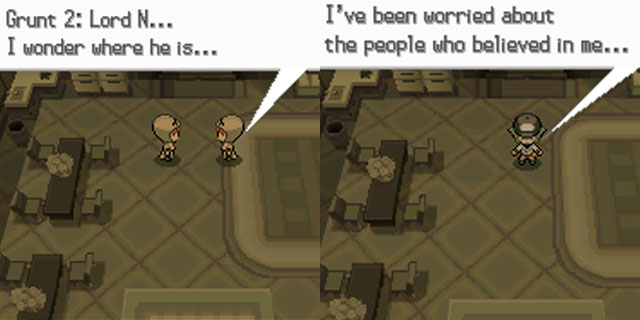
Sadly, there is at least one area where Black 2 and White 2 did not retain the advancement of their predecessors: HM requirement. It was entirely possible to progress through the Black and White narrative without ever needing to use a single HM outside of one very early Cut. Black 2 and White 2 appeared to be following this same trend until just after the final gym, at which point you are forced to travel on a water route and thus require the use of Surf. Granted, there are worse fates (see also: Diamond and Pearl, and especially Ruby and Sapphire), and it is entirely reasonable that you are already using Surf on its own merits, but it still felt like a backslide to me. There is also one Strength rock that needs to be moved in order to progress in Victory Road, but at least Strength’s permanent effect on Unova’s map was retained so you only have to do that once (and it’s early enough that you can just bring in a temporary brute to take care of it).
Other than that, however, I think that Black 2 and White 2 might just be the best version of the series yet. Nearly two decades of fine-tuning have polished this series to a glossy shine, and Black 2 and White 2 are the end result. Between this and Pokémon Conquest, it has been a great year for fans of the pocket monsters. While many of us still hold out hope for something truly innovative from Game Freak (although Conquest did sate that desire for a bit), as long as the actual product it turns out maintains this level of excellence, we can’t really complain too loudly.
Pros: A bewildering variety, both in creatures and bonus play modes
Cons: Some backsliding when it comes to villain motivation and HM use



















